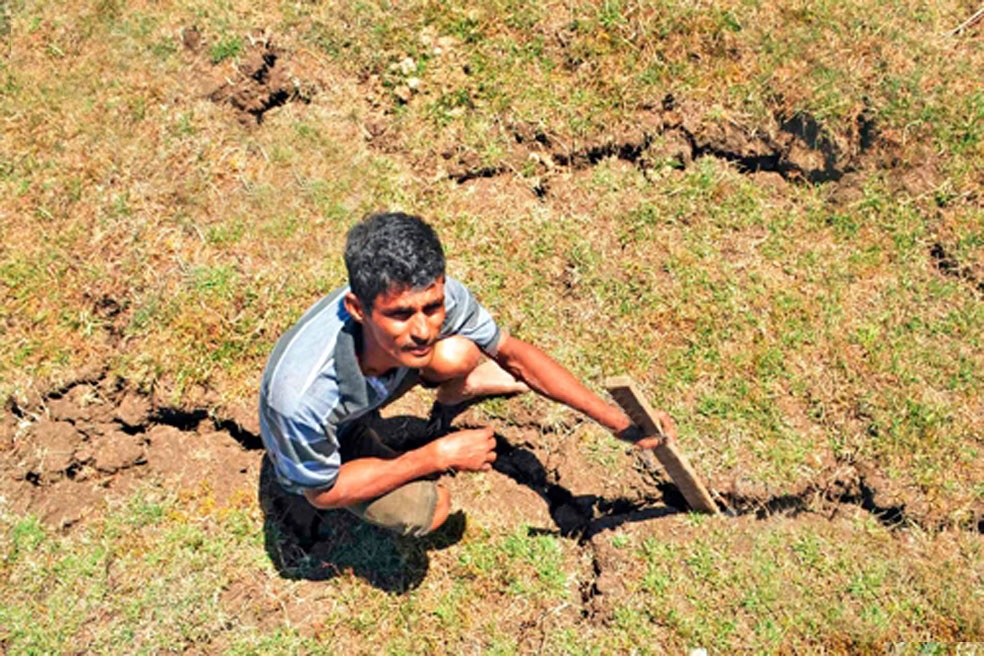OVER the years, changing weather patterns had affected agricultural production in the country — a major source of income for Fiji.
A good example of this was recorded in The Fiji Times on August 6, 1987, when a drought in the Western Division — which had been showing signs of increasing in intensity — eventually became a threat to canefarmers in the area.
According to the then director of meteorology, Ram Krishna, the drought was expected to intensify over the next few months. In a statement, Mr Krishna said the outlook for that period was for continued dry weather.
“Based on the past patterns of rainfall and the continuing episode of the El Nino — Southern Oscillation (ENSO) phenomenon — it is very likely to expect rainfall below average in the north-western areas during August and September,” he said.
“The drought in these areas is therefore expected to continue for some time yet, though small falls are likely in some parts.”
In another supplement report, the principal scientific officer for climatology, Dr Reid Basher, said the previous three months were the “driest May to July period recorded since recording began in Nadi, Ba and Lautoka in 1910”.
Dr Basher said in May, rainfall in the cane growing areas were about 10mm or less.
He also said October was likely to be drier than average as well but there was insignificant evidence to be confident. “Viti Levu appears to be worse than Vanua Levu.
“However, cane growing areas in Vanua Levu would still be affected because of rainfall deficiency.”
He said the low rainfalls over 10 months to April that year had been among the lowest in the 45 years of recorded droughts. Dr Basher said such rainfall was often related to the ENSC phenomenon which affected the whole tropical Pacific Ocean every few years.
He said the low rainfall was because of a greater dominance of drier east to southeast winds into Fiji and a reduction in the number of rain-bearing troughs of low pressure which approached from the West. “Drought conditions have become serious.
“Cane and other crops had been badly affected, especially in the hilly areas, and in many areas water for public use is being supplied by tanker trucks.”
Dr Basher said the evidence of plant stress and of evaporation calculations showed that moisture was heavily depleted in the cane growing area.
“As it turned out, the rainfalls in the cane growing areas during May, June and July was not merely below average, but far below average. Ideally, to meet basic evaporation requirements, about 115mm of rainfall is needed in August, 130mm in September and 155mm in October.”
Over the years, Dr Basher said the long-term average rainfall at the main stations in cane growing areas were about 75mm to 100mm in May to July.”
He said, however, it should be kept in mind that the atmosphere held many surprises and the possibility of average or above-average rainfalls could not be totally ruled out.



